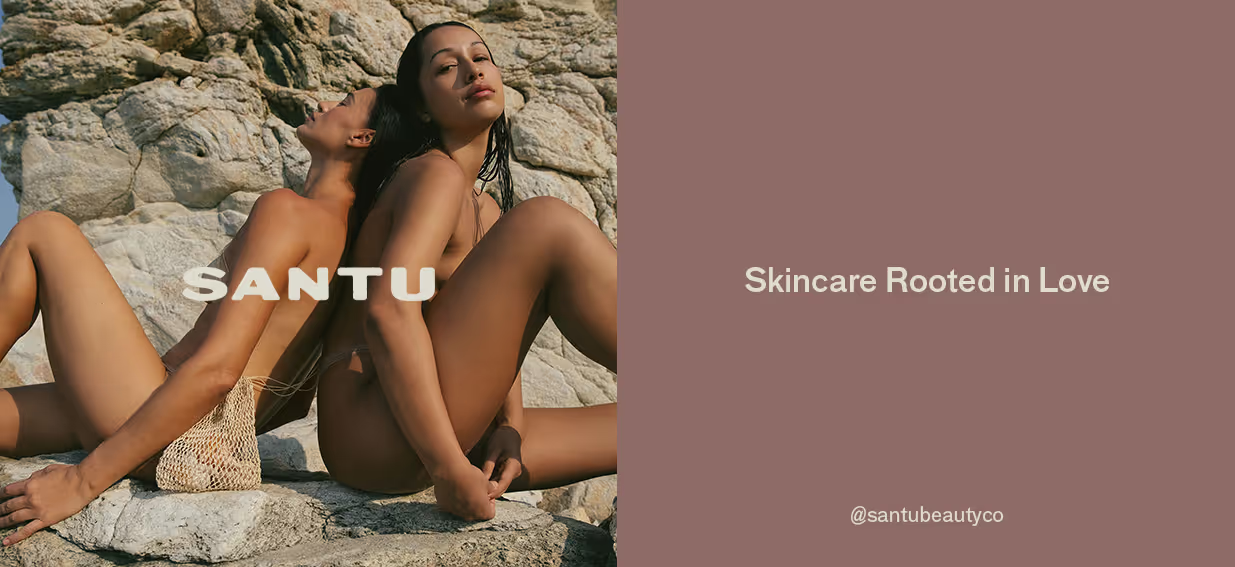Life in troncones,
majahua & saladita
La Cascarita Playa Majahua Photo by: Ruiz Alejandro
LATEST AT LA ONDA
When the Giants Return
Starting in late fall, the beaches and bluffs of Troncones become prime spots to witness several different species of whales. If you want to be in the water with them, trained boat captains can take you closer.

%2013.19.36.avif)
MEET
DEWEY McMILLIN: ESCAPE TO TRONCONES
He’s smooth. Even his name is smooth. Dewey McMillin. Like a fine blended scotch or a big wave surfer. Dewey McMillin. It’s a name that holds reverence. Especially here in Troncones. It’s widely acknowledged Dewey is responsible for the development of 21st-century Troncones, helping the community attract homeowners from around the world, transforming an isolated village into a legendary destination. In 2019, at Troncones’ annual February Expo Feria (carnival), the community celebrated Dewey’s commitment and tireless work in bringing in the essential infrastructure—for roads, electricity, water—that wasn’t here before. His selling of beachfront lots, in partnership with the community, also brought in jobs—the construction, maintenance and service work needed to sustain a growing resort, and that assure on-going opportunities for local families. A profile of Dewey in The Wall Street Journal, from January 6, 2000, opens with “Former Alaska fisherman Dewey McMillin has done something unique in the world of Mexican beachfront development. He’s made everyone happy.” It also quotes Dewey describing how to create success in business here, saying, “The trick is not to leave your brain at the border.” That’s his kind of smooth.
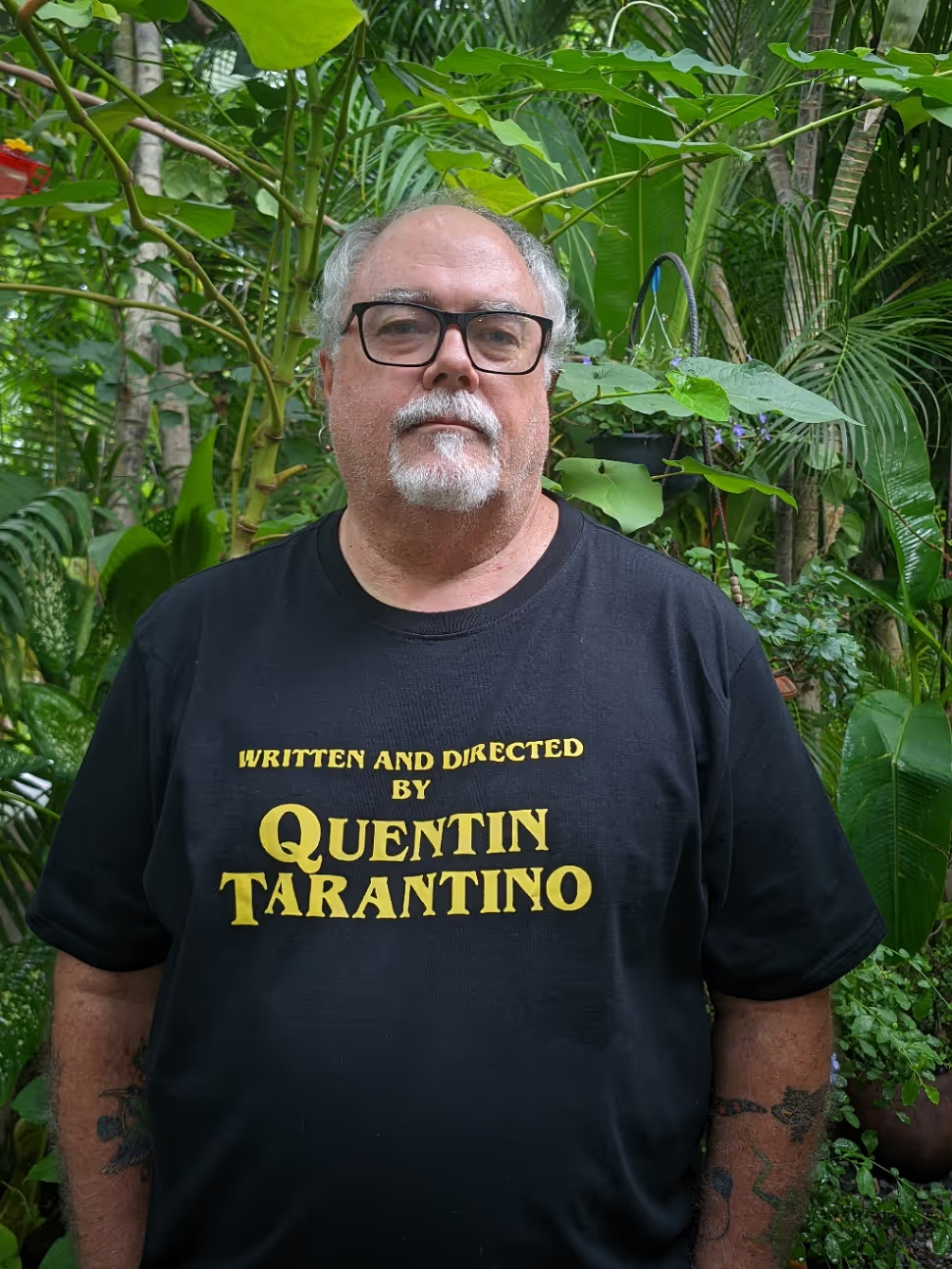
MEET
William Mertz: Artist & Naturalist
I first “met” William through Facebook on the original Troncones-Let’s Chat. He was the administrator of that group as it grew rapidly in the late 20-teens and early 20-twenties. There were a few members who wouldn’t play nice. William shut it down—not the few members—he shut down the whole group. People wouldn’t be kind, so he put an end to his being a part of it; he put an end to anyone being subjected to nonsense. I liked that.
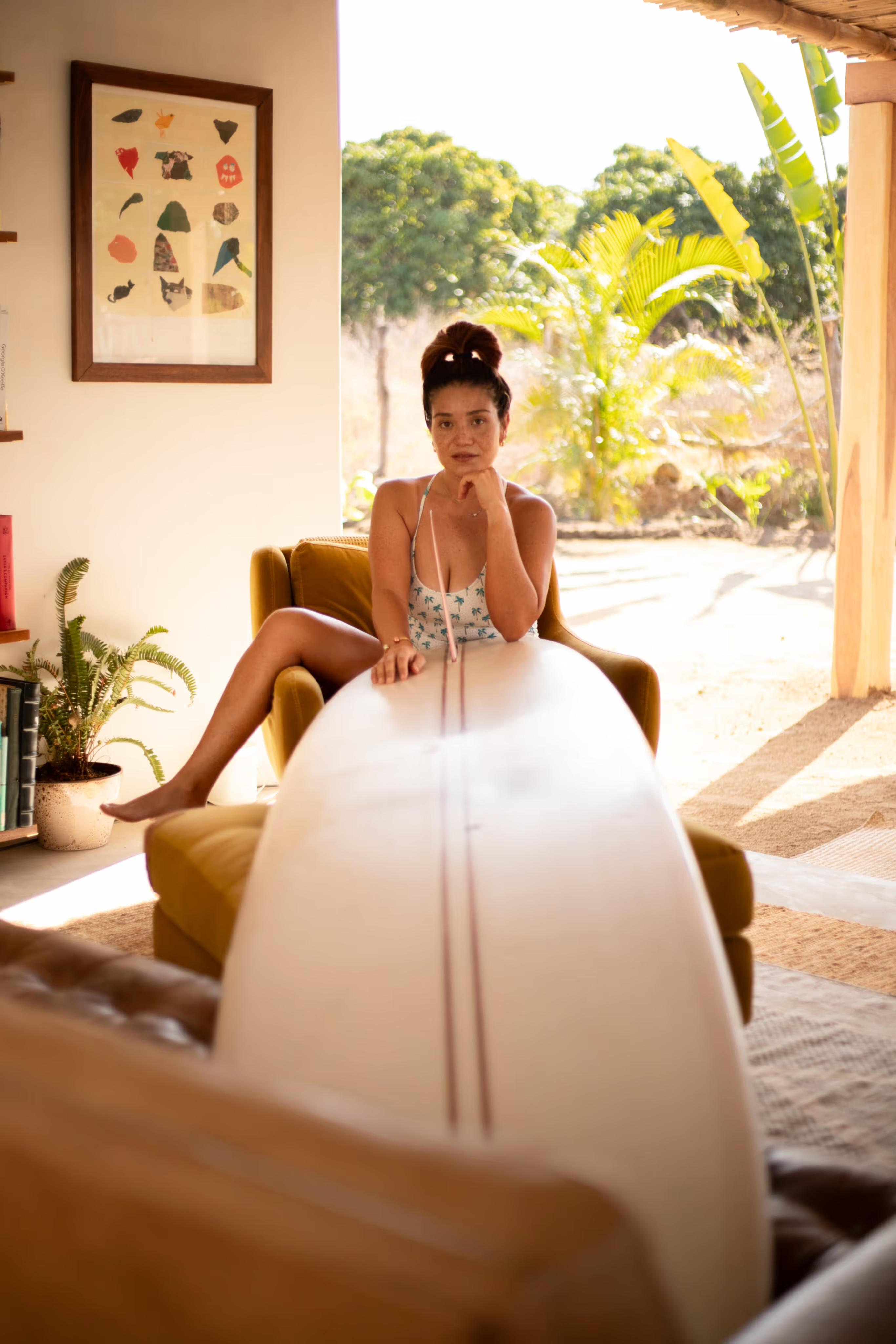
MEET
Ilianet Nuñez Valdovinos: Surfing Queen
Mother, wife, restaurant owner, social media star. Those are all roles Saladita’s Ilianet Nuñez Valdovinos wakes up to every morning, but the truth is she’s heading to the beach to surf. That’s where she’s expected. Her people are waiting for her.
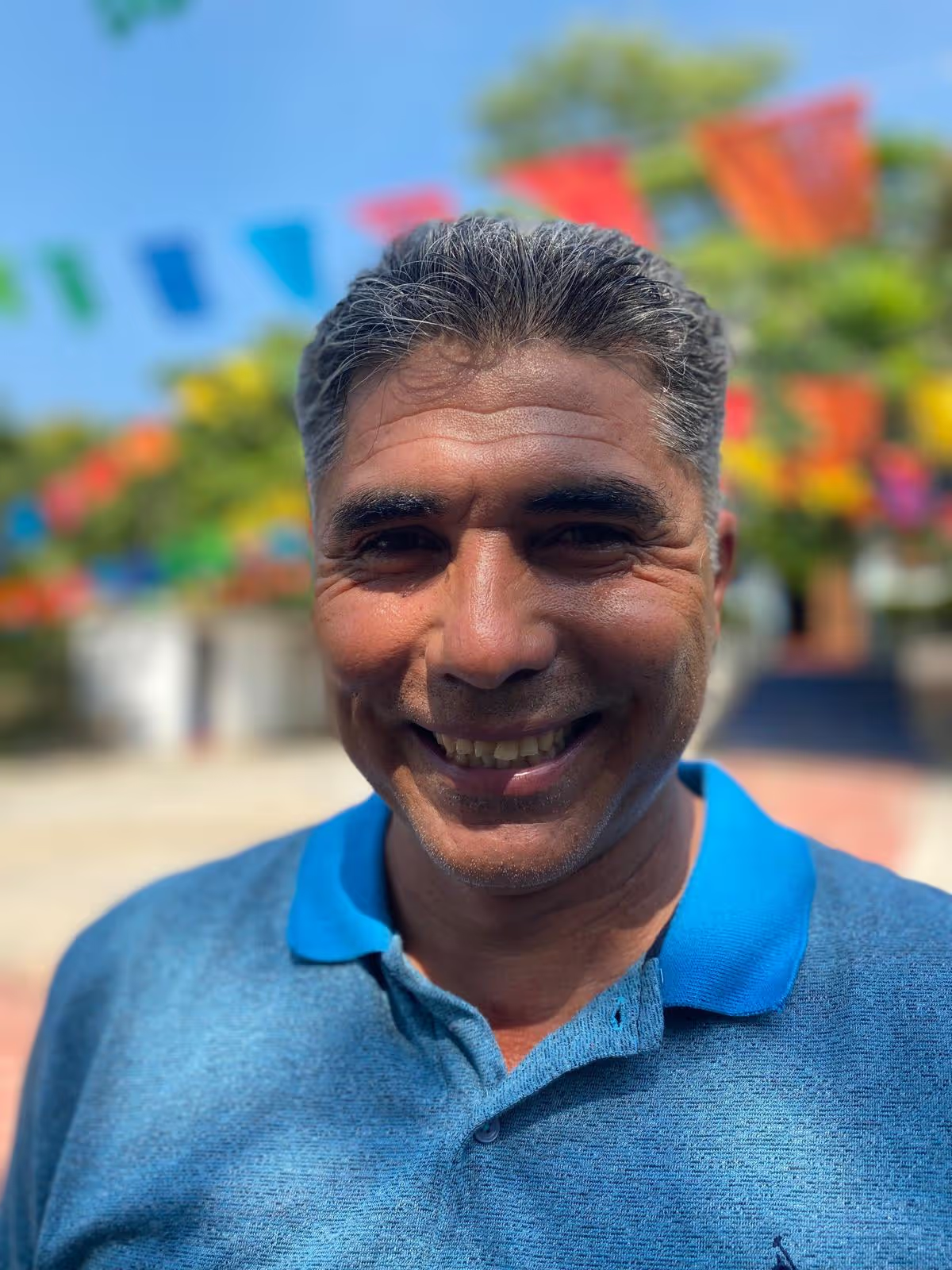
MEET
J. Santos Jaime Sánchez: Lessons Learned
Good teachers are easy to learn from. They inspire you; they get you to think about the world differently; they make the learning fun; they set you off, curious to learn more. That’s Santos. When Aura wanted to take Spanish lessons, Santos arrived at our house carrying dominoes and a deck of cards. He doesn’t speak English, but he knows playing encourages connection, communication and conversation. He also knew that by talking over a game, he would discover what Aura needed to learn, where he needed to guide her. Santos is currently working in school administration in Coyuca de Benítez, four hours away, but he still lives in Troncones. He doesn’t want to leave.

-1.avif)




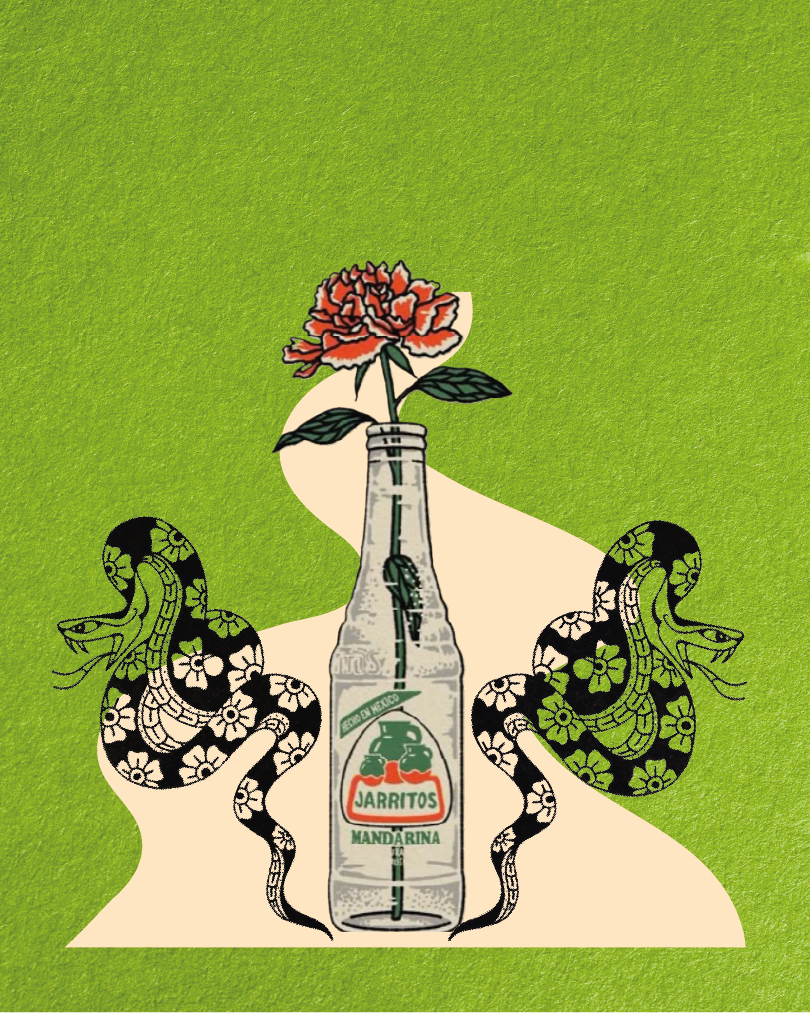

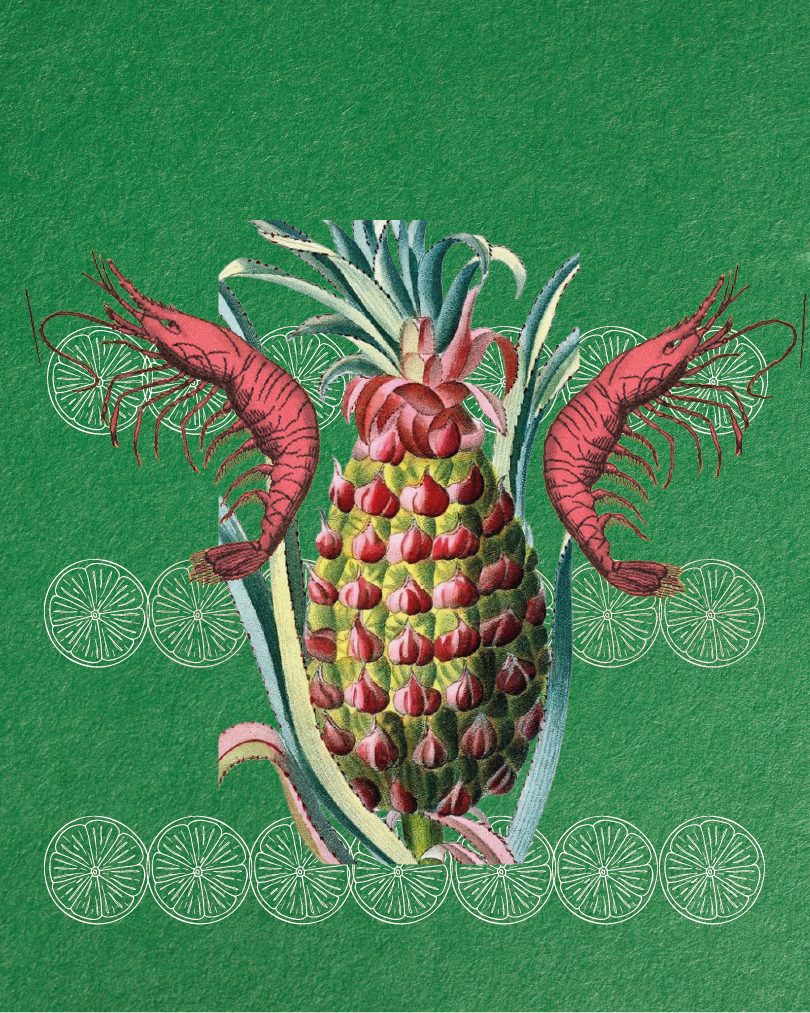

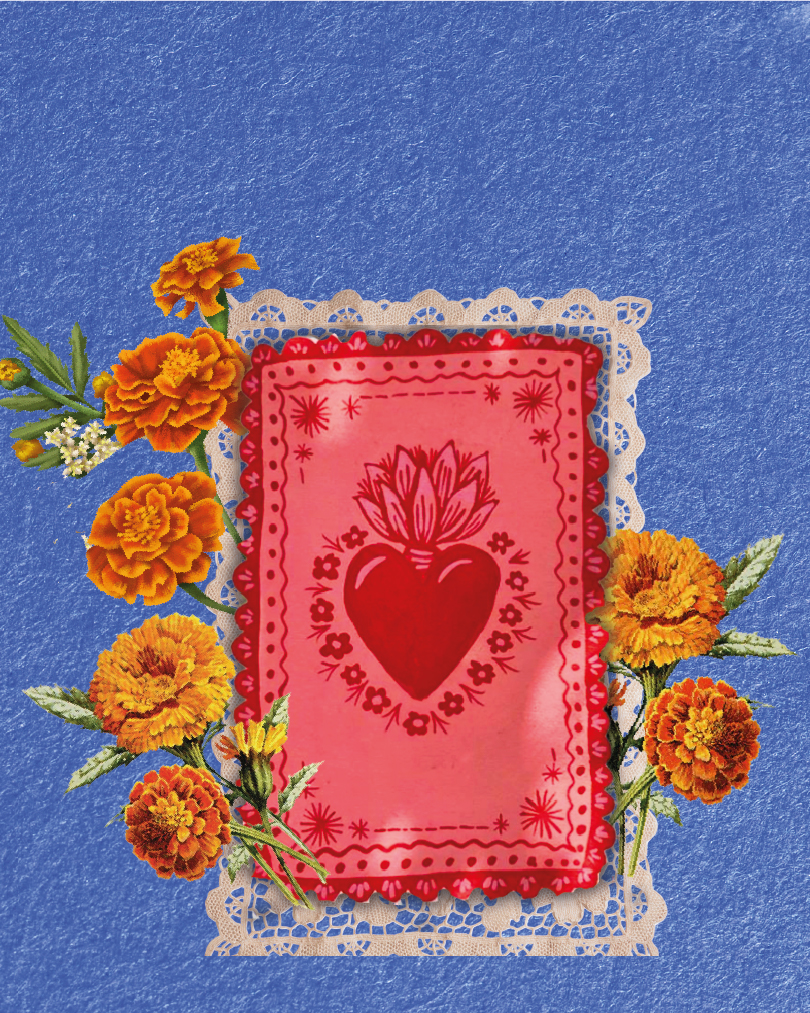

%2017.27.38.avif)
%20(1).avif)
